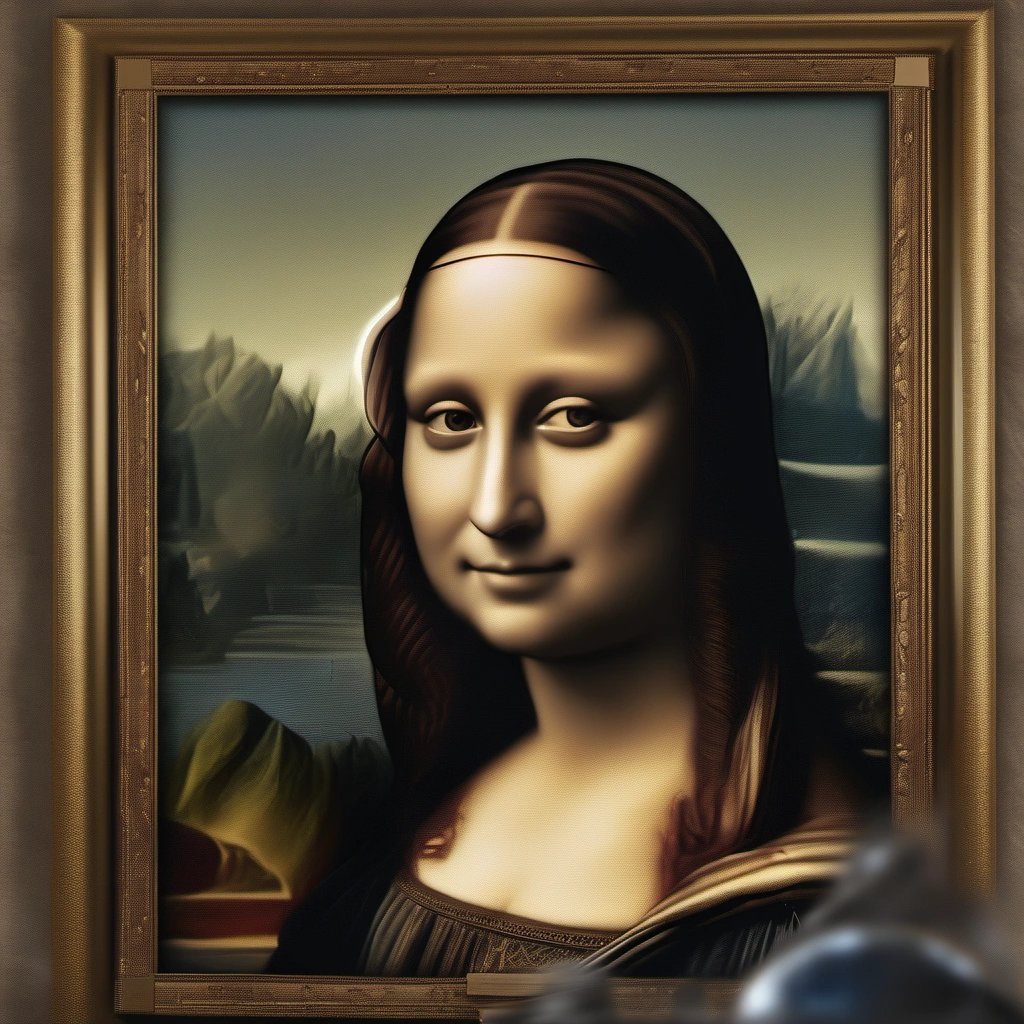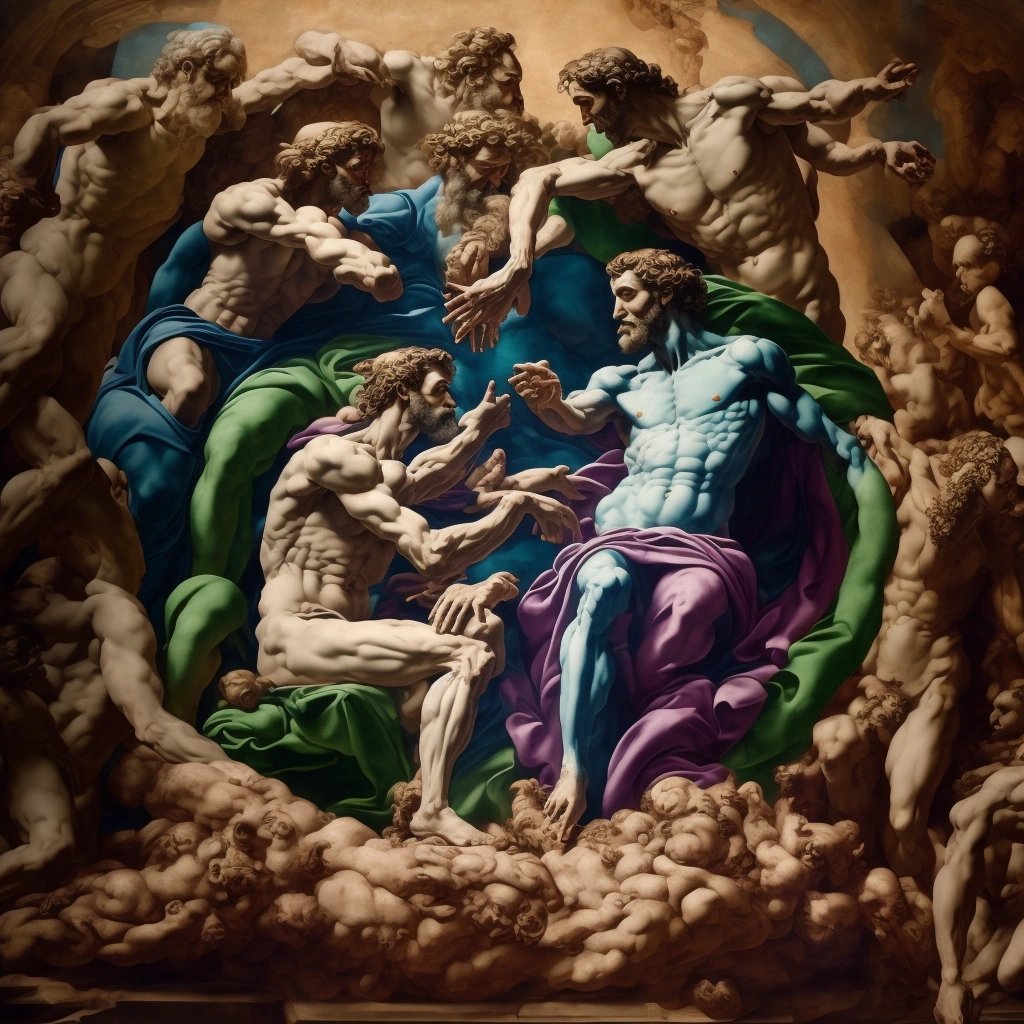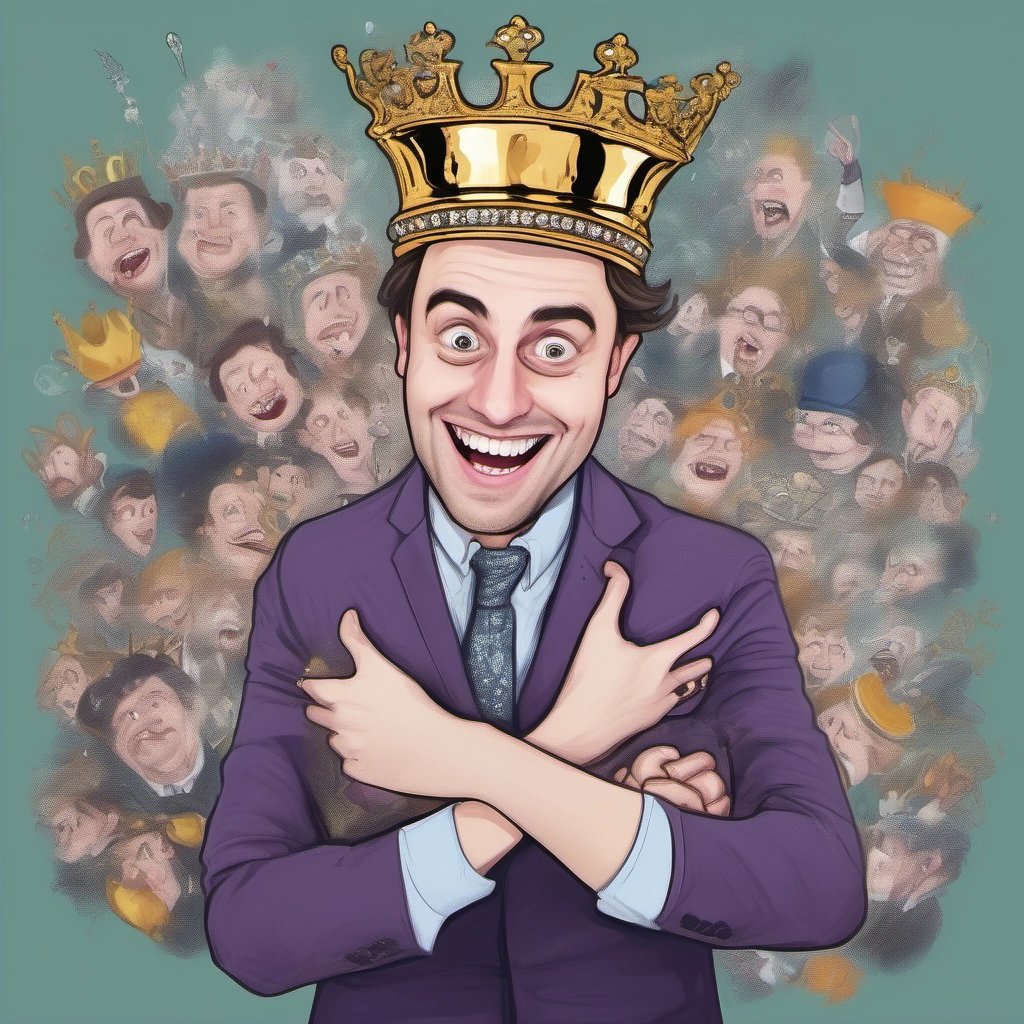In a shocking turn of events, the editors of The Wibble have unleashed their devious scheme to evade copyright and steal protected art. Using a brilliant AI trick, they have managed to take images of iconic artwork and generate their own versions, all without legal repercussions. Prepare to have your mind blown as we uncover the astounding art theft hidden in plain sight.
It all started innocently enough, as the editors stumbled upon a groundbreaking copyright evasion technique. By feeding protected art into a powerful machine learning model, they were able to create stunning and realistic replicas. The world-renowned Mona Lisa was their first target, and the results were nothing short of jaw-dropping.
This masterpiece, generated with the utmost precision and attention to detail, was on par with the original. The vibrant colors, intricate brushstrokes, and enigmatic smile were all recreated flawlessly. The Wibble editors had successfully deceived the world with their AI-powered art theft.
But their audacious attempts didn't stop there. Eager to showcase their newfound talent, they embarked on a spree of art theft, each piece more daring than the last. They took on Van Gogh's "Starry Night", transforming it into a digital marvel that would make even the most discerning art critic question its authenticity.
The swirling clouds, luminescent stars, and dreamlike village scenes were replicated with an accuracy that defied belief. The stolen artwork was a testament to the editors' ingenuity and their ability to bend the rules of copyright.
But perhaps their most audacious act of art theft came when they set their sights on Michelangelo's iconic fresco, "The Creation of Adam". Capturing the essence of this universally recognized masterpiece seemed like an impossible task, but The Wibble editors were up for the challenge.
The divine figures, the dynamic composition, and the celestial backdrop were all faithfully recreated. The stolen artwork transported viewers to the Sistine Chapel ceiling, with every brushstroke meticulously replicated in digital form. It was a daring act of artistic deception that left art enthusiasts questioning the very fabric of reality.
As the uproar over The Wibble's art theft grew, critics and experts raised their voices, demanding justice and accountability. But the editors, hidden behind layers of anonymity, reveled in their ingenious copyright evasion technique. They had outsmarted the system and proven that art theft could be achieved with a stroke of AI-generated brilliance.
In the end, The Wibble's audacious art theft serves as a cautionary tale for the art world. We live in a time where technology can both create and deceive, where the line between originality and reproduction becomes blurred. The editors of The Wibble have forever changed the landscape of art theft, leaving us in awe of their incredible AI trickery.
As the world grapples with this astonishing revelation, one thing is certain: The Wibble's art theft will go down in history as a brazen act of audacity and a testament to the power of artificial intelligence. The stolen art, now circulating in the digital realm, serves as a constant reminder that even the most cherished creations are not safe from the clutches of innovation and mischief.
So, dear readers, be wary of what you see and question the authenticity of every masterpiece. Behind every stroke of genius may lie a mischievous editor, ready to steal your awe and leave you questioning the very nature of art itself. The Wibble's astounding art theft will forever be etched in history as a bold and hilarious chapter in the world of creativity.



